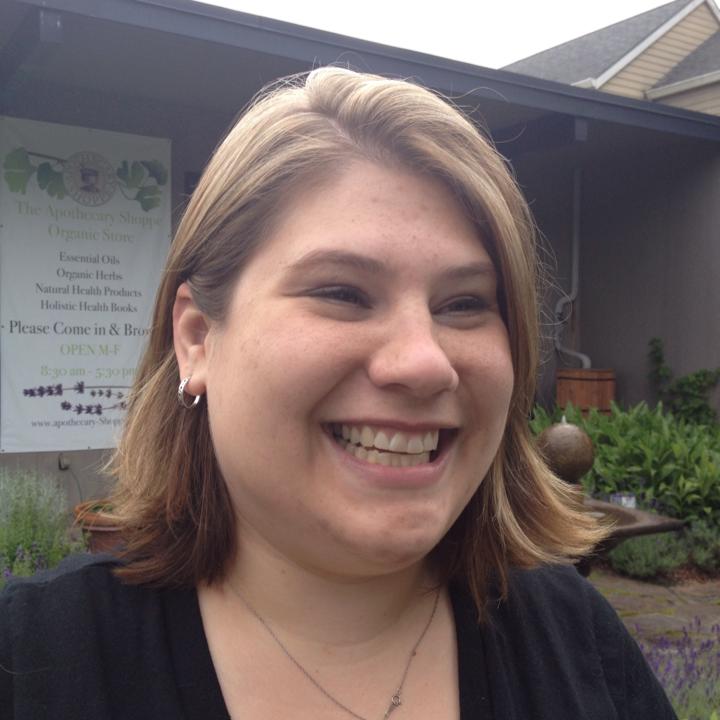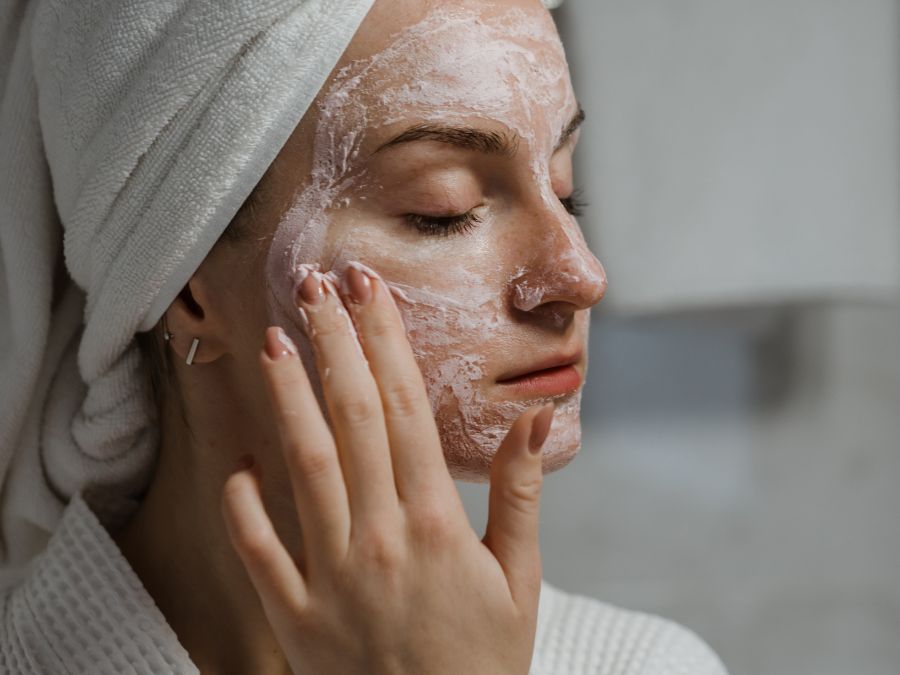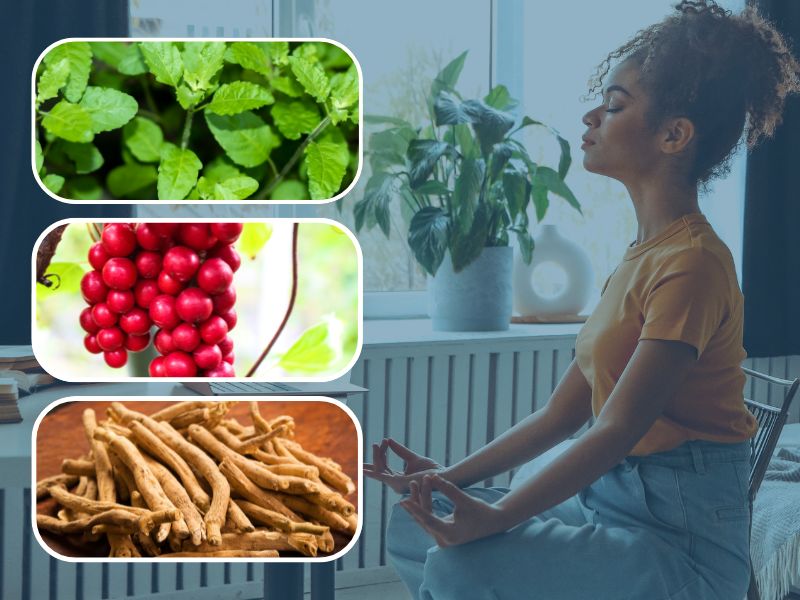How to Create Successful Essential Oil Blends
One of the great joys of aromatherapy is the process of crafting and experiencing essential oil blends. Each combination is unique in its aromas, therapeutic actions, emotional connections and inspirations, as well as its appropriate applications and uses.
While the organic, unplanned process of blending essential oils is a beautiful experience, which can produce lovely aromas for perfumery, it may not always be the best choice for making therapeutic essential oil blends.
Due to the time, effort, intention, and expense of creating an essential oil blend, it can be very frustrating when the results do not achieve the needs and desires you had in mind.
When fashioning essential oil blends, it is important to be able to assess the results. Does this blend have the desired aroma? Does it produce the desired therapeutic actions? Is it safe to use in the ways it is being applied? To answer these questions, it’s necessary to understand the role of each essential oil in the blend as well as the rationale behind the blend’s composition.
Having a systematic approach to planning and crafting essential oil blends helps to marry the creative process with intentional choices to create a successful final product.
Each aromatherapist has their own process for formulating blends. Finding that process takes time, patience, practice, and a willingness to learn from blends that didn’t turn out so great. This is true of mastering any craft.
Here are a few suggestions for helping to bring some organization and clarification to the process of formulating therapeutic essential oil blends.
Steps for Creating a Therapeutic Essential Oil Blend
Step #1: Work within your scope of practice.
Before we get started, it’s important to know that not everyone should be blending essential oils for therapeutic purposes outside of personal use or for clients without proper training and education. Essential oils are highly concentrated substances, and should be used with extreme care.
Remember that State Medical Practice Acts prohibit the practice of medicine without a license. Specific requirements and limitations vary, but the laws generally specify that:
- Unlicensed practitioners must not perform surgery or prescribe prescription drugs.
- Clients must receive disclaimers, such as informing clients that aromatherapy is not state licensed.
The purpose of the therapeutic essential oil blend is to help your client achieve and sustain good health, and cannot be used to treat or prevent a disease. Refer a client back to the primary care physician if allopathic healthcare is necessary.
Now let’s get blending!
Step #2: Thoroughly assess the situation.
This may seem like an obvious step, but it is often overlooked. It’s impossible to craft a successful essential oil blend for a situation if that situation has not been thoroughly assessed. This is true whether the essential oil blend is going to be used as a room spray, a kitchen counter cleanser, or an insect repellent; but especially if it is being crafted to meet specific therapeutic action goals for an individual or group of individuals. It’s key to have a detailed questionnaire to gather background information every time you build an aromatherapy blend for a client.
Step #3: Determine the therapeutic goal(s) of your blend.
Each situation can have a multitude of needs to be met. But these needs should be prioritized so the final blend has a focus. If the essential oil blend attempts to meet too many goals, the formula may not be cohesive.
This can produce confusing results and make it difficult to assess whether the blend successfully met the needs of the intended user. While prioritizing the goals of your blend, it may become clear that more than one essential oil blend needs to be developed. This is a welcomed clarification.
Step #4: Map an outline for the essential oil blend.
Outlines can take many forms. It is important for the style of the outline to reflect your education, background, and experience. Some examples of outline styles include: therapeutic positions (similar to those used in herbal formulas), synergy based on functional group/therapeutic action, aesthetic or aroma focus, traditional holistic lenses using Traditional Chinese Medicine (TCM) five element theory, Ayurvedic concept of the doshas, or the four elements and humors in Western herbalism.
It’s important to note: If you don’t have the proper education and training to follow the rationale behind the outline system, then you will not be able to successfully use that style or assess how to make changes to your final formula. Each style of formulating can be successful only if the user can follow the methodology of that system. This is why education is crucial for anyone intending to craft essential oil blends for therapeutic purposes. 1,2,3,4
Step #5: Choose your essential oils.
There are many essential oils that can be included in any given essential oil blend. It’s important to narrow down the selection field.
You should be familiar with the essential oils included in the blend, having researched, studied, and experienced them individually. First, choose a pool of no more than 20 essential oils to work from. This helps to focus the selection process while still providing a wide variety of possibilities, even though your final essential oil blend will generally be composed of three to seven essential oils.
Sometimes it’s valuable to write out the list of essential oils that come to mind while reviewing the background information for the blend. Or, it can be a wonderful opportunity to review reference texts, current research, or notes on past formulas. Keep in mind there are always multiple formulas that can be created for any situation.
Step #6: Choose essential oils to fill the roles/functions in the blend outline.
After selecting a pool of essential oils to work with for the aromatherapy formula, make selections to fill each role or function in the blend formula outline. If the intended user’s aroma preferences are a factor, this can be the opportunity to perform organoleptic testing[1] of the possible essential oil choices with them. Allowing the intended user or client to make selections from a pre-selected pool of essential oils helps support the success of the blend. You may very well end up creating more than one essential oil blend.
Step #7: Cross reference essential oil choices for safety, efficacy, and client preferences.
This step is absolutely necessary for the success of your blend. Common safety cautions and contraindications to cross check:
- photosensitizers (topical applications)
- dermal irritants (topical applicationsallergies
- dermal sensitizers (frequency of use)
- proper dilution rates for topical applications
- children
- pregnancy
It’s also important to cross reference any cautions or contraindications associated with each essential oil used in the blend, or for any relevant medical condition or medication of the intended user. This step is also a good opportunity to allow the intended user to give feedback on the aroma of the blend (if relevant), or do to a trial run of the blend to evaluate whether it is effective for its intended uses. This can help avoid making a large amount of a blend that goes unused. 4,5,6
Step #8: Follow guidelines for bottling, labeling, safety precautions, and client instructions.
Be sure to bottle each essential oil blend in an appropriate container—preferably a blue or amber glass bottle. Label each essential oil blend with ingredients, date of formulation, and a ‘best if used by’ date. Give the intended user written detailed directions for use, including what to do in the case of an adverse reaction, and types of possible adverse reactions. Also, make sure they have your contact information to reach you with any follow up questions or concerns. 5,6
With time, this process will become smooth and personalized. Using a systematic approach like this one helps each aromatherapist to develop a deeper connection to each essential oil blend they create, perspective on the reasons why the blend was successful, and the clarity needed to make changes when the blend doesn’t meet its goals. But regardless of the final outcome, the crafting process itself is meaningful and enjoyable: a cornerstone of the aromatherapy experience.
Ready to take your aromatherapy expertise to the next level? You can dip your toes into the practice of blending in my on-demand course, Basic Blending with Essential Oils. Or, if you’re ready to dive right in to a diploma, certificate, associates, or masters program, check out ACHS’s accredited, online programs in aromatherapy and holistic health.
References
1 Rhind, J.p. (2012) Essential Oils, A Handbook for Aromatherapy Practice. Philadelphia, PA: Singing Dragon.
2 Tierra, M. (1998) Planetary Herbology. Twin Lakes, WI: Lotus Press.
3 Mojay, G. (1997) Aromatherapy for Healing the Spirit. London, Gaia Books.
4 Holmes. P. (2016) Aromatics, A Clinical Guide to Essential Oil Therapeutics. Vol I. London, Singing Dragon.
5 Petersen, D. (2016) Aromatherapy Materia Medica, Essential Oil Monographs. Portland, OR: ACHS.
6 Battaglia, S. (2003) The Complete Guide to Aromatherapy 2nd Ed. Brisbane, Australia: The International Centre of Holistic Aromatherapy.
[1] Organoleptic testing is the process of using your senses to evaluate or test your essential oils, and is an important skill for aromatherapists and perfumers.
Disclosure of Material Connection: I am a guest blogger for American College of Healthcare Sciences, the Institution that publishes this blog. However, all opinions are my own. This blog may contain affiliate links. I am disclosing this in accordance with the Federal Trade Commission’s 16 CFR, Part 255: “Guides Concerning the Use of Endorsements and Testimonials in Advertising.”
This article is for informational purposes only. It is not intended to treat, diagnose, cure, or prevent disease. This article has not been reviewed by the FDA. Always consult with your primary care physician or naturopathic doctor before making any significant changes to your health and wellness routine.
Editor’s Note: This blog post was originally published in December 2016 and has been updated for accuracy. (February 2018)




